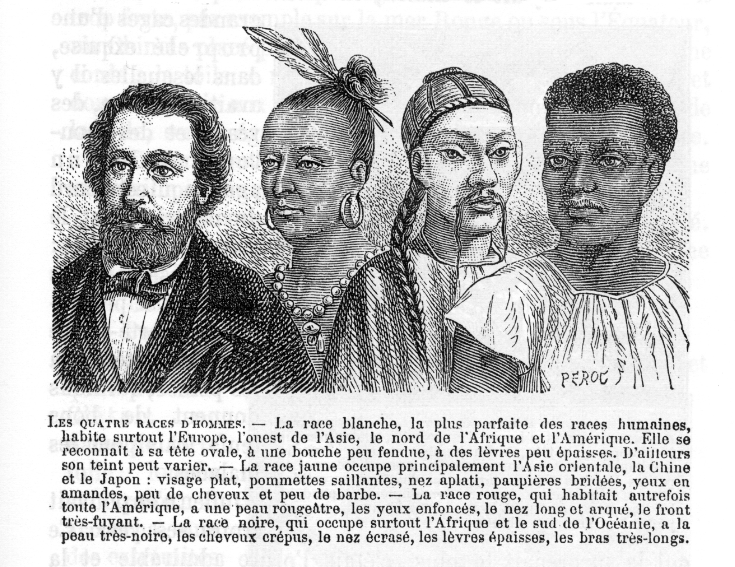Dating in the Time of #BlackLivesMatterPosted in Articles, Media Archive, Social Justice, Social Science, Texas, United States, Women on 2016-12-19 00:06Z by Steven |
Dating in the Time of #BlackLivesMatter
Racism Review: shcolarship and activism toward racial justice
2016-02-24
Shantel Buggs, Ph.D. Candidate
Department of Sociology
The University of Texas, Austin
When I started my dissertation research a year ago, I had not considered what impact the widespread media coverage of #BlackLivesMatter as a movement and rallying cry might have on my respondents. With my research, I intended to explore the online dating experiences of women who identify as multiracial here in Texas; what I have found has been a complex mobilization of Black Lives Matter as a metric of racial progressiveness. In 2016, it has become clear that the increased media attention being paid to the Black Lives Matter (BLM) movement is shaping a particular orientation toward, and conversation around, race and racism in the United States. As scholar Khury Petersen-Smith notes, the movement has “shattered what remained of the notion of a ‘post-racial’ America.” More specifically, my work has found that BLM has impacted individual-level relationships, creating a framework within which people are able to evaluate and “vet” their dating partners, especially amidst claims that society is more “progressive” and that the atrocities we have witnessed are “not about race.”
As every good social scientist knows, words mean things. The language around, and produced by, movements like BLM – particularly in regards to discourses of race, racial inequality, state-sanctioned violence, and racism – has influenced the ways in which the multiracial women in my study discuss race, racism, and inequality in the context of their intimate relationships. Several women have described using their own stances on the issues BLM addresses as a means of selecting potential dating partners. This finding suggests that BLM and other widespread social justice movements are having significant impacts on how people are navigating racial politics on an interpersonal level. This is particularly pertinent during a time where U.S. media and popular culture is especially focused on issues of racism and state-sanctioned violence…
Read the entire article here.



